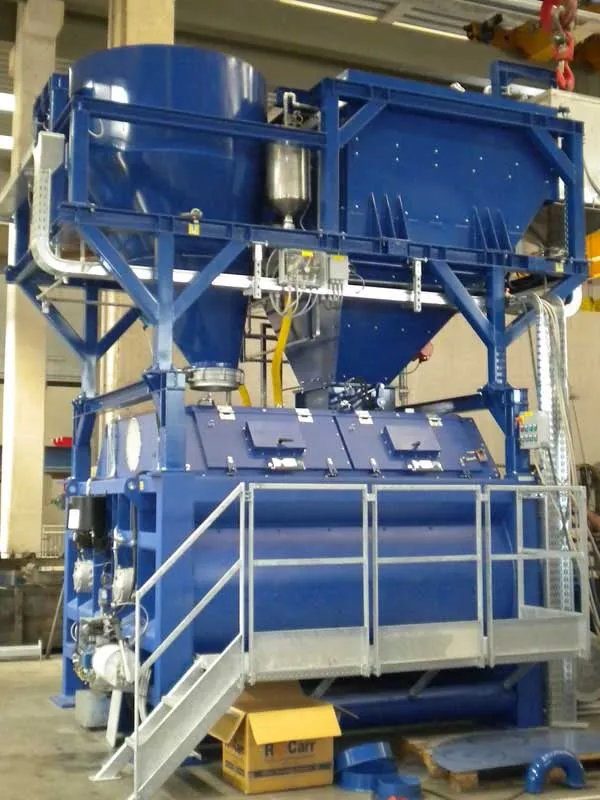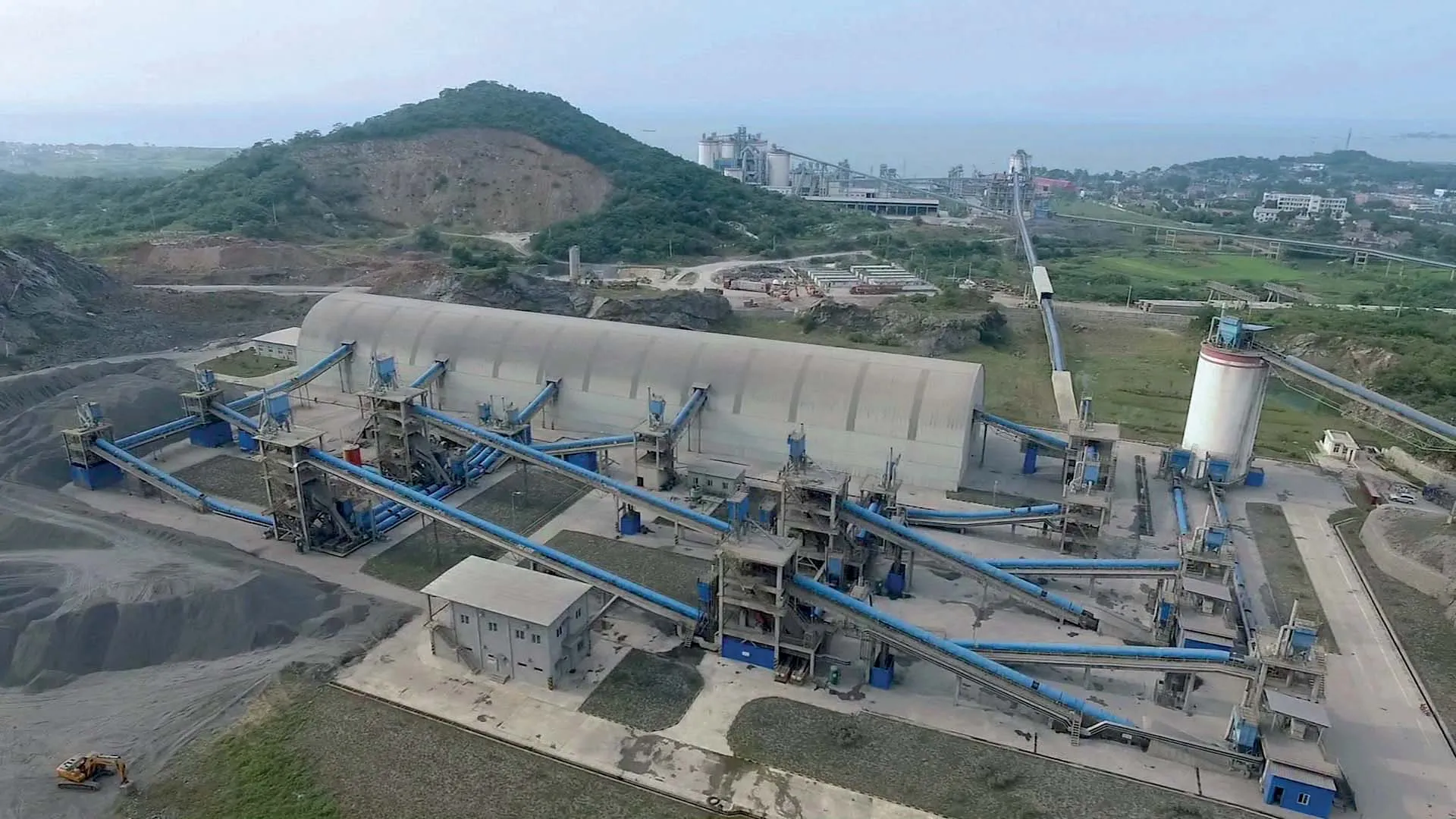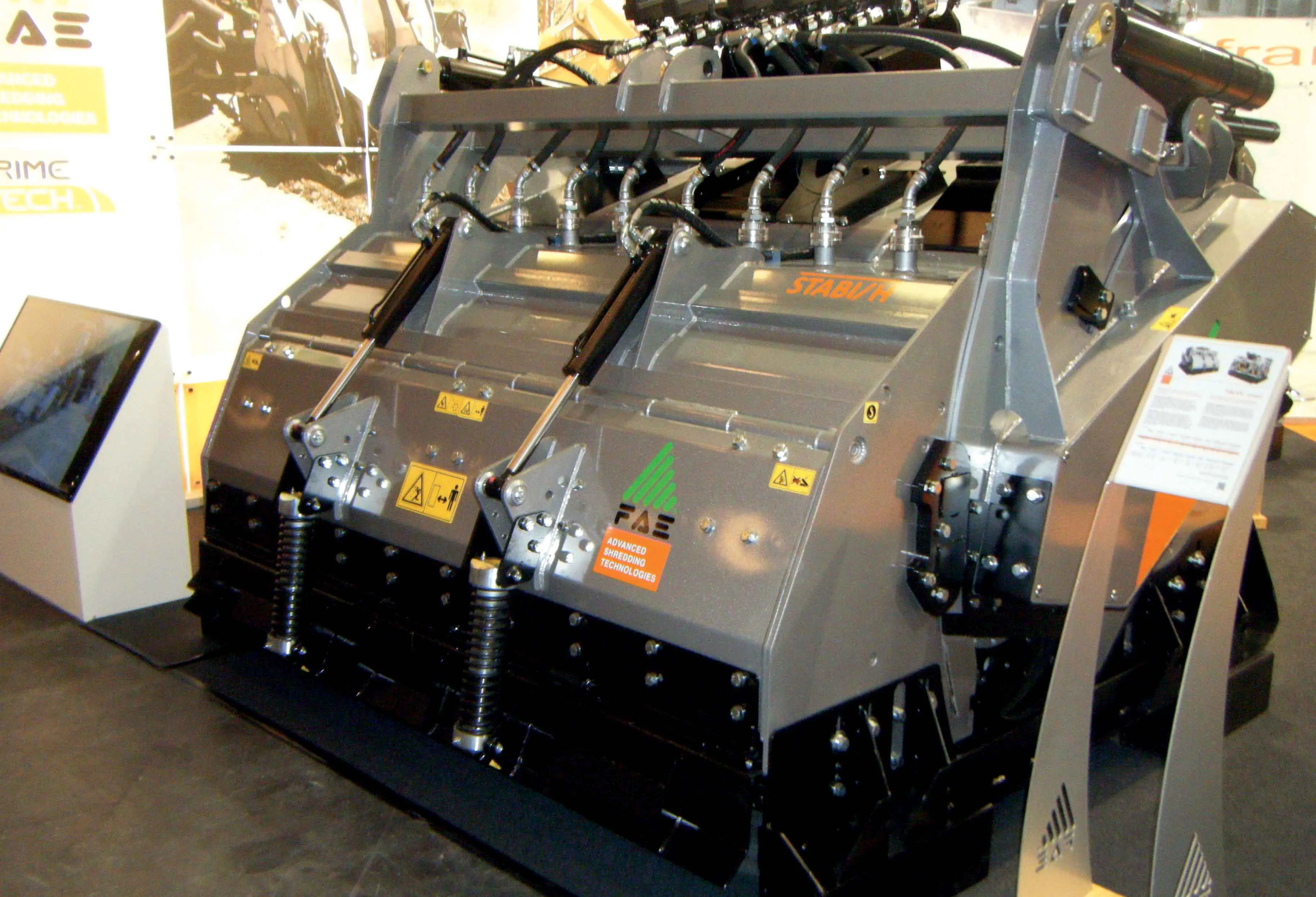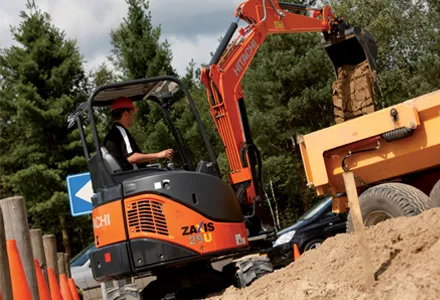Superior Industries has developed a new system that speeds up the tricky operation of levelling a portable quarry plant installation. This new feature automatically levels a plant once the machinery is raised to the necessary height.
Previously operators would have to adjust cribbing and jacks until a level plant was achieved. This operation has to be carried out properly as when operating in an uneven environment, plants can produce material that is out of specification, as well as suffering overstresse
May 20, 2016
Read time: 2 mins
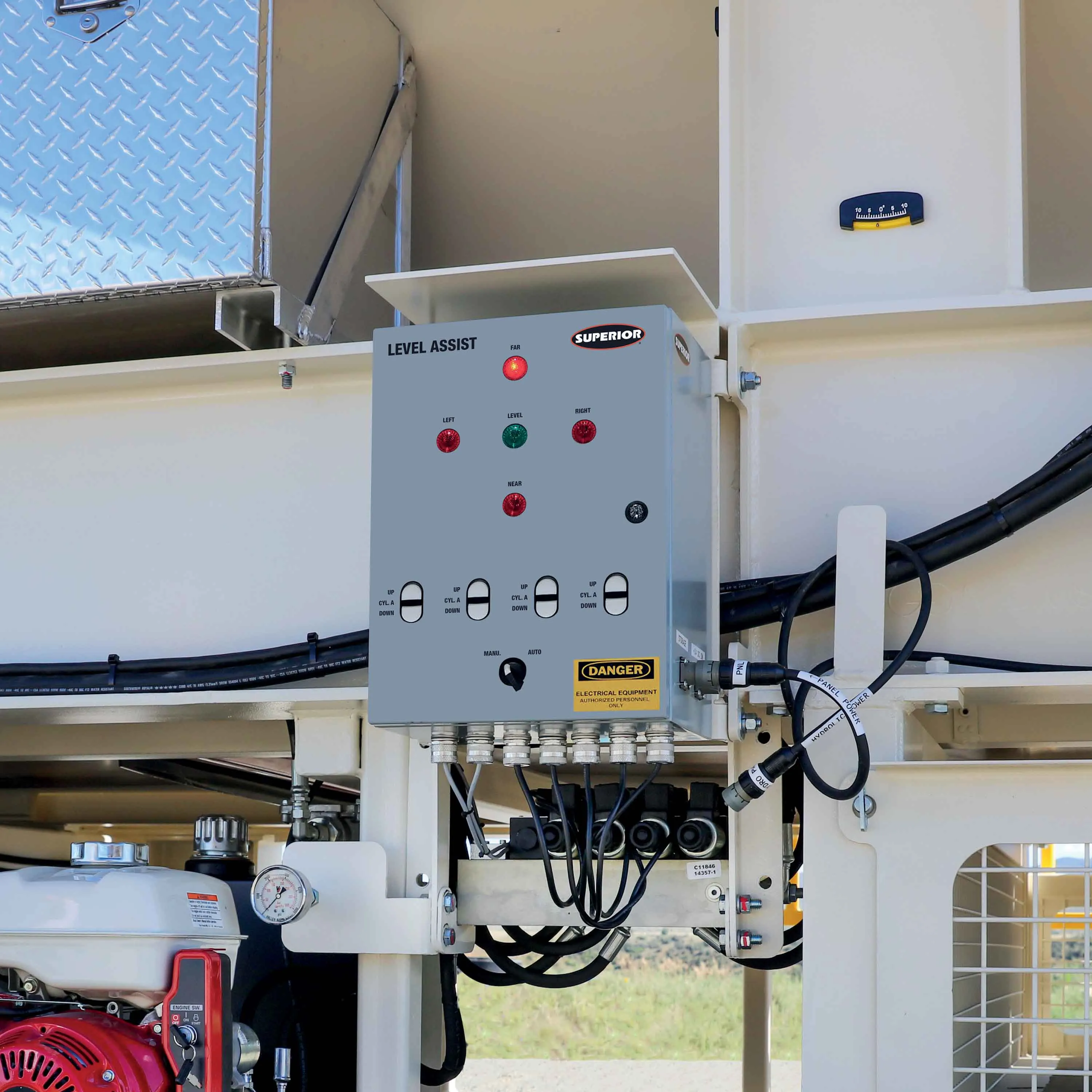
Previously operators would have to adjust cribbing and jacks until a level plant was achieved. This operation has to be carried out properly as when operating in an uneven environment, plants can produce material that is out of specification, as well as suffering overstressed bearings and gears, reduced production rates and increased vibration and component wear.
This new feature speeds the process however. Once the plant is in its operating location, the operator hydraulically lifts the machinery to a desired height then engages the Level Assist by switching the control panel from manual to auto mode. The new technology reduces the need for personnel for set up from two or more to one, while also being quicker and more accurate. The cost savings can be substantial as a result, according to the firm.
Superior’s Level Assist technology is an available option for new plants and can also be retrofitted to existing portable crushing, screening and washing plants.


